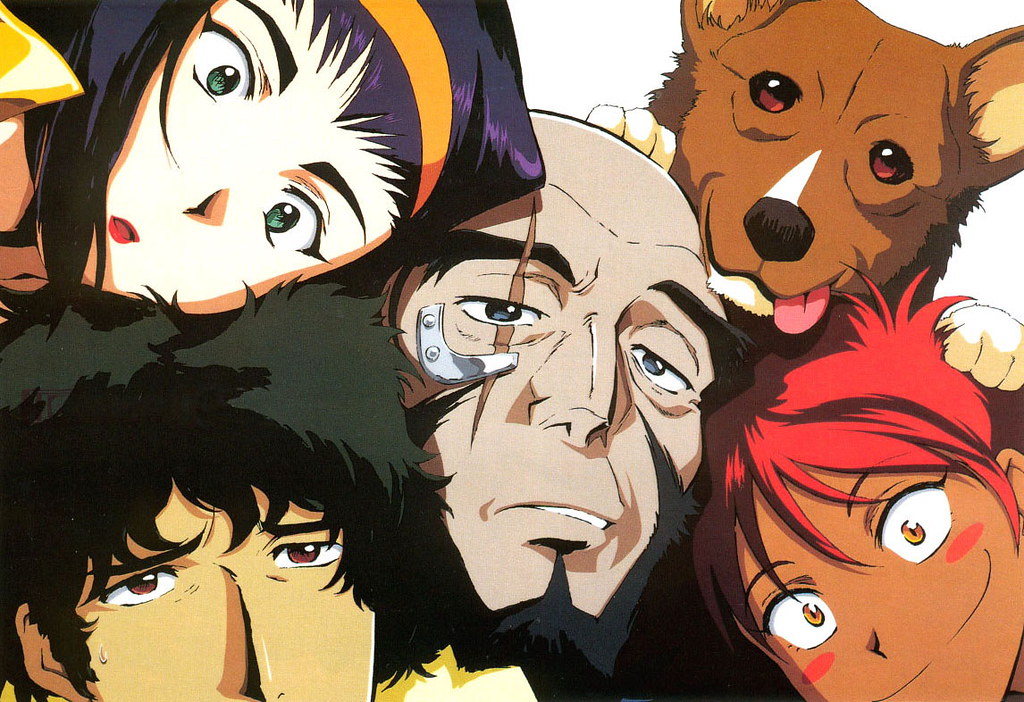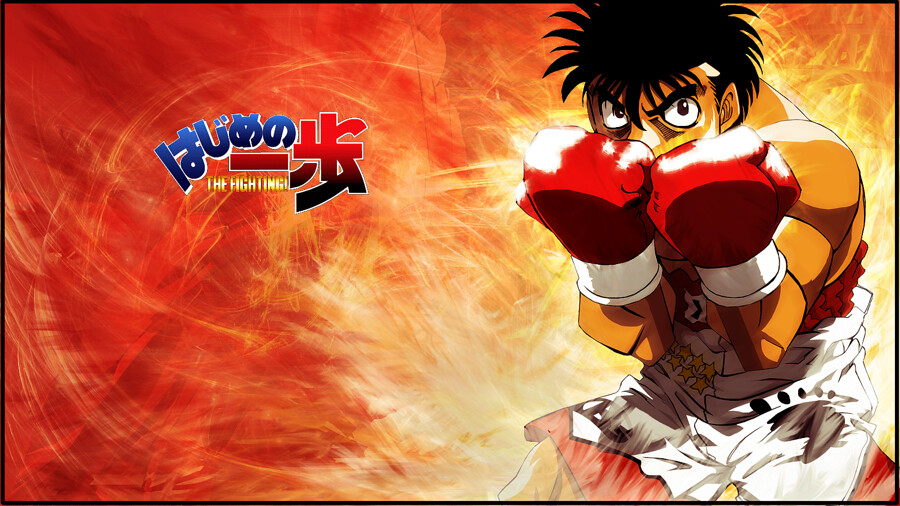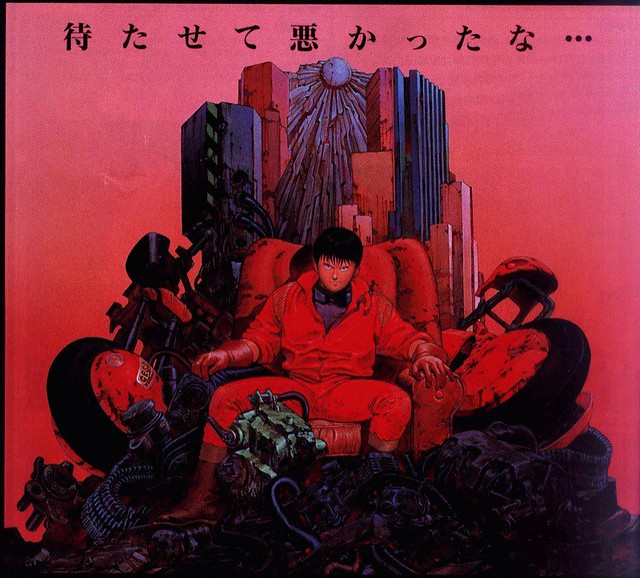A few months back, I decided to launch a series examining the many hands which join together to create the film and television works that bring so much joy into our lives. We started with the screenplay, since it provides the blueprint with which to construct the film, even if the idea originated elsewhere. But for most movie goers and critics alike, the answer to “Who made this movie?” rests undoubtedly with one figure: the director. The screenwriter may produce the outline, but the film or series finds its form through the skillful eyes and nimble hands of the one parked in the director’s chair. Yet for all the attention thrown its way, few roles in the creative team are as murky or misunderstood, due largely to its all-encompassing nature. While we all “know” that Steven Spielberg was “responsible” for the success of Jurassic Park, few can draw a clear picture of what he actually did on the set, minus the caricature of a little man in a black beret with a megaphone yelling “Cut!” at appropriate moments.
Though I stand firmly against the errency of fingering one role as “the one” behind a movie or show’s impact, the director has an undeniably central part in transforming the screenplay's rough scaffolding into a grand creative monument. So with that in mind, let’s dive in and uncork the magic behind the megaphone.
Contributor 2: The Director
The director is the only person who knows what the film is about - Satyajit Ray
You might forgive the great Indian director Satyajit Ray for his seemingly self-serving observation; truthfully, he’s not far off the mark. Screenwriters, actors, and many others make essential contributions in any production, but the director hovers over the entire process from start to finish. They mind the producers' budget and modify the script as needed; through casting directors, they have a say in finding the right actors and actresses; and they steer what stays and what goes in the post-production chopping block. The director provides the crucial link among the creative, technical, and production arms of a project, and therefore makes the best claim for most crucial member in the whole shebang.
Though the director's shadow looms large over the entirety of the film and television pipeline, we’re concerned only with its creative function right now. If the screenwriter provides the film’s fundamental structure, then the director’s main job involves injecting that structure with dynamism. Directors control the plot’s scope, set or modify the pacing, and create a sense of continuous narrative flow. If I could condense this to a simple analogy (a preemptive pardon to those who suffer from high school math PTSD) the screenplay is a lot like algebra: structured, relatively static, and concerned with how its pieces fit together. Film direction, meanwhile, is calculus, bringing the structure of the screenplay into an environment which requires dynamic, real-time application of the production’s narrative elements.
As such, tagging the specific nuts-and-bolts of screen direction can never be a point-for-point checklist as with the screenplay; the role fits the turbulent flow of the production process too closely. A basic starting point concerns film time. A director must lift the neatly structured segments of the screenplay and adjust them to the flow of time.This is not synonymous with pacing, that much-used but little-understood word. Pacing involves the rate of movement within a film narrative, while film time incorporates that, plus the general sense of temporal perception the work imposes upon the audience. The centrality of time as a narrative constraint, and how it’s preserved, presented, chopped, or concentrated, represents scripted media’s signature departure from the strictly printed word. Though “pacing,” loosely defined, counts in a novel or short story to some degree, those media can afford to unfurl their narratives in a leisurely manner; few readers, after all, attempt something like Infinite Jest in one sitting. But when you only have thirty minutes to two hours to capture and hold your audience’s attention, you can’t take their compliance for granted, especially if you take your sweet time getting to the point.
In addition, the director molds the narrative’s collective vision. As a film’s supposed primary author, the director must gather the contributions of disparate and often cantankerous creative types into a cohesive (if somewhat motley) crew, ready to set sail towards their ever-widening horizon. And as captain, directors forge vision as much by what they constrain as by what they allow. With a finger on financial and production as well as creative concerns, skilled directors must bring the static screenplay images to life within budgetary boundaries established by his or her producers (assuming, of course, that he/she isn’t also rolling the checkbook). Lastly, the director has primary control over the film’s tonal style. Genre, if applicable, can be outlined within the screenplay, but the director sorts through the various styles that genre may embody and converts it into a visual experience that rings true to the audience. Romantic comedies, for example, may flake from the great mountain of Hollywood like so many interchangeable pieces of flint, but subtle intonations of character direction, of lighting and music, peculiar to that genre add a degree of luster and variance. Though style carries a rather sour taste in the mouths of most directors thanks to over-eager critics applying the term to broad swaths of a creator's work in a fruitless exercise of pattern-seeking, I use "style" solely as it applies to an individual film or series. Spatial acuity also plays into tone, since building the sense of wide open space, or taking many small shots of actor closeups, creates or destroys a sense of intimacy, which has a major impact on how we experience what we watch. This relates to what's called the mise-en-scène, the arrangement of lighting, music, costume, and cinematography which together constructs the camera’s visual logic.
Film Direction: The Good and The Bad
Distinguishing good from bad directing presents the same challenges as writing: you may know it when you see it, but might struggle to put the "how" and "why" into any kind of analysis. The director’s ubiquity on the set compounds this, since the designated auteur will inevitably get blamed for any failing in the film’s narrative.
Good directing first and foremost gives the film a sense of being a cohesive whole, bringing together the myriad collective visions of a feature's contributors — writers, actors, composers — and creating a seamless entity as a result. This demands above all a sense of balance as well as a comprehension of both the genre and expected audience. Good directors make works which immerse the audience into the world as created, and fosters any willingness to suspend disbelief. Likewise, good directors have mastered the art of film time, including pacing and other conditioned temporal experiences imparted to the audience. Controlling the flow of time is perhaps the director’s prime creative raison d'etre, and films live and die by its mastery. Equally important is the competent utilization of space — like the much mangled term “cinematography,” which, stripped of all pretense, denotes the science of capturing light and motion for aesthetic appeal. By that same token, a competent director must pour his or her full attention into the art of casting. Good actors make or break one’s film, so choice casting goes a long way towards a successful production.
Bad directing is, quite bluntly, bad film making. While any number of factors may combine to lift bad acting, a bad screenplay, unfitting music, and a host of other snags from sinking a piece too far down the toilet drain, the director in the end has the final responsibility for how well or poorly the finished work turns out. The worst directors are too hands off with the medium’s numerous contributors, failing to properly synthesize the creative collective and leaving the end product a disjointed, ungainly mess. Poor directors fumble the fine-tuned calculus needed to maintain the film’s pacing and through extension, the audience's engagement. I may harp on the critical importance of film time like a broken record, but it really does demand attention as the most under appreciated yet essential element of good screen storytelling, and its execution lies solely in the hands of the director.
Analytical outline
The inherently dynamic nature of directing eschews any simple outline as built in the previous post about screenplays. Indeed, any movie failing can, legitimately, be placed on a director’s shoulders in some fashion, whether it be in the script, in the acting, or even the post-production. But where the director stands alone in his or her might or folly concerns those specific elements of time and unity; a film or television show could not exist without them, and here, the director truly lives up (or down) to the contentious “film author” label.
- Film time: More than anything, the director controls the flow of time in a work, determines how the story unfolds, and shapes how the audience perceives the events as displayed.
- Pacing: Does the film seem to drag out or race ahead in certain spots, leaving you confused? Pacing is essential to any production, and if you can’t make heads or tales of where something is headed and why, then your director isn’t doing their job.
- Internal chronology: Do the events unfold in a time frame that doesn’t stretch the imagination too thin? Did your lead characters, say, plan a robbery, knock over an armored truck, and high-tail it across the country to Phoenix in the span of, oh, 5 hours? This punts suspension of disbelief way left of the goalpost by a good bit, and is a faux pas of a cardinal order.
- Integrating Visions: The director must bring together various narrative elements into one seamless whole — arguably the most difficult creative component of the job. Although screenwriters, actors, and cinematographers share an especially large slice of the creative pie when it comes to the quality of the final product, the director functions not only to bridge the writer’s vision with the cinematographer’s technical know-how to build a polished product, but to ensure the right actors match the roles they have been given. The rules for integrating this vision, as with so much in the director’s calculus, contain much flexibility and subtlety, so recognizing where and when something goes wrong is more art than science; but the director must always keep in mind the collaborative nature of the set, even with something as fundamentally solitary as writing.
- Style: As I touched on above, I propose style here to mean something more modest than the usual application: a set of elements which combine to reflect a film or television set's own internal logic.
- Applicability: Does the tone and direction match what one would expect of a work in this particular genre? This skates a fine line, since you don't want to punish a director for attempting something different, and yet, you still want an end product recognizable as what you expected when you walked into the theater. If you came in looking for high fantasy and leave with something completely different, a disconnect between marketing and the director's vision likely bears the blame.
- Spatial manipulation: Are there too many long, overhead shots for a seemingly light-hearted film? Does a film set in a wide-open or constructed world narrow in too closely to the characters' faces at the exclusion of the setting? These aren't cinematography errors; they reflect a wrong-headed commitment to injecting a particular stylistic mood into an environment which does not warrant it.
- Cinematography: Though the director of photography arguably deserves his or her own moment in the spotlight, this vital link ultimately takes most cues from the big chair itself. As both a fine art and a technical science, nailing down what does and doesn't work unfortunately falls into the "know 'em when you see 'em" category, but poor application of cinematography usually involves using a particular angle or style of framing when it would not enhance the film, or using too little or too much lighting to the same effect.





